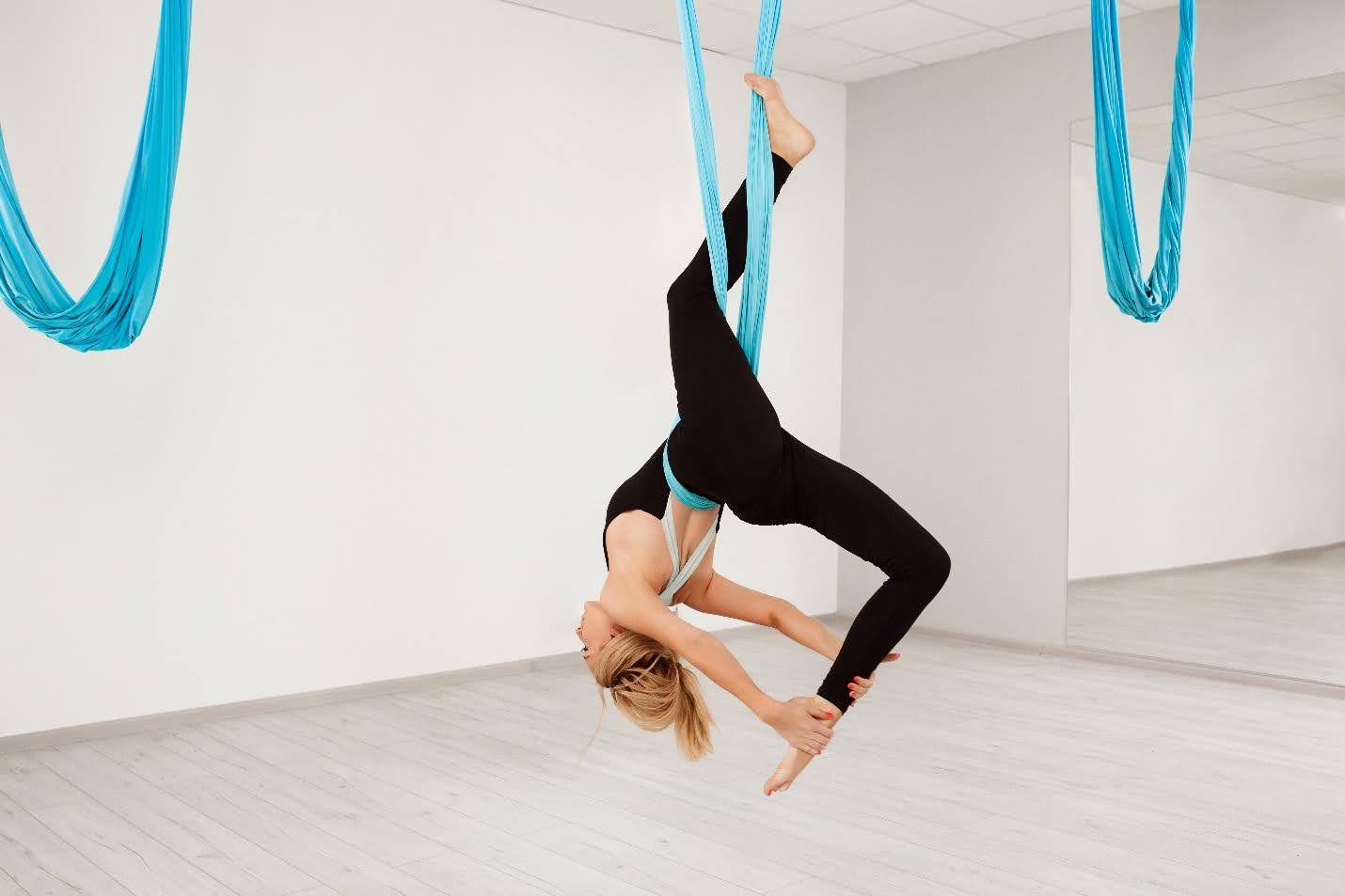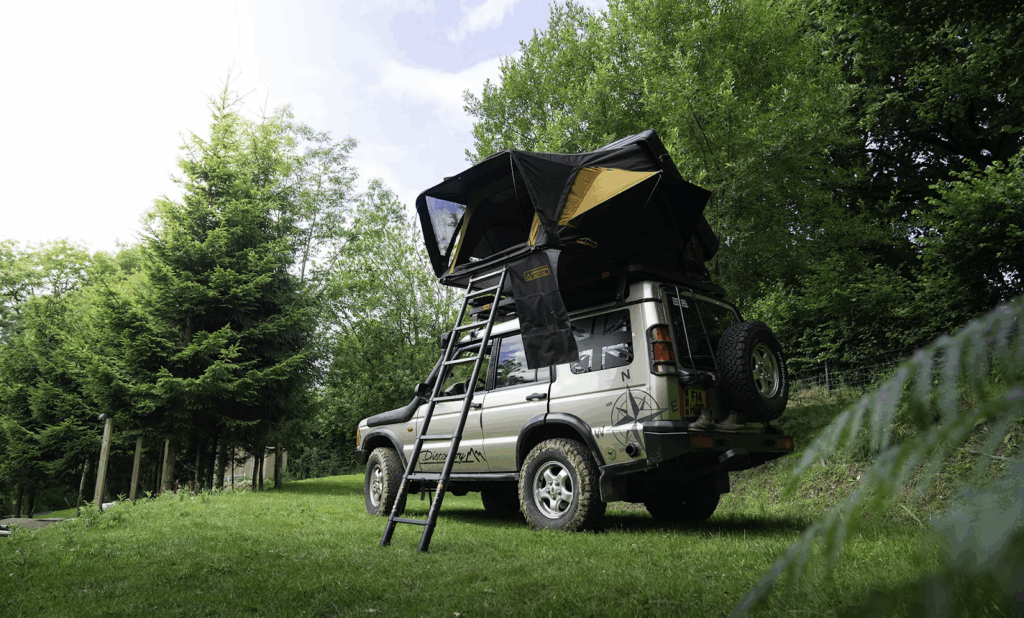From musicals to circus shows, one of the most stunning effects in live entertainment is watching someone fly through the air as if gravity has vanished. The performer’s art of flying enables this magic.
Far beyond mere theatrical tricks, these systems require precise engineering, rigorous training for performers, and strict safety protocols to produce spectacular moments. To understand their functioning, let’s explore what performer flying involves, how the systems are configured, and why safety and artistry are interconnected.
Art of Performer Flying
Using rigging equipment to raise and move performers or entertainers through the air carefully is known as performer flying. You’ve probably seen it in circus shows, where the artists swoop and whirl in the air, or in theatrical productions like Peter Pan, where characters practically float above the stage.
The purpose is both narrative and technical. Flying gives the audience a sense of wonder that only live performances can provide, whether it’s a superhero making a spectacular arrival or a fairy floating into a scene.
Components of the Performer Flying System
To keep the performer completely supported and make the act appear effortless, every component must function perfectly. Although the complexity of flying systems varies, most of them have the same fundamental elements:
Harnesses: The performer wears harnesses, which enable safe and comfortable suspension, as well as uniform weight distribution.
Riggers: Anchors positioned in ceilings, trusses, or other support structures where lines and pulleys attach are known as rigging points.
Pulleys and Lines: Performers are lifted, lowered, and moved smoothly with the use of pulleys.
Motors: Provide automatic control for accuracy or balance the performer’s weight.
Control Systems: Stagehands manage ropes in manual setups, while computers manage cues and motions in sophisticated systems.
Safety Standards
Although fans applaud at the sight of flying effects, safety is the main hero behind the scenes. Theatres and professional rigging companies follow strict procedures:
Approved Equipment: All equipment must be inspected regularly and comply with industry safety regulations.
Professional Riggers: Setup, operation, and troubleshooting are handled by skilled experts.
Performer Training: To be able to learn how to move and react while in the air, actors practice a lot while wearing harnesses.
Backups: To avoid mishaps, many systems have backups, such as additional lines or additional harnesses.
Emergency Procedures: In the event of a technical problem, crews rehearse rapid-reaction techniques.
The Setup Process
There is more to installing a performance flying system than just tying a rope to the ceiling. Usually, the procedure proceeds in steps:
1. Site Assessment:
To ensure the venue’s construction will withstand the loads, experts assess it.
2. Design and Customization:
Whether it’s aerial dance, sweeping flight, or a straight lift, the systems are made to fit the particular show.
3. Installation:
Control systems, pulleys, and rigging points are all firmly in place.
4. Testing:
Before the main cast uses the system, it is tested several times first without a performer and then with trained professionals.
5. Performer Rehearsals:
Before performing complete choreography, actors gain confidence with brief lifts.









